
The Enchanting Dutch Coastline
Explore the Dutch Coast: A Perfect Blend of Nature, Adventure, and Culture Along the Stunning North Sea Shores
The Dutch Coast in the Netherlands is a mesmerizing blend of sandy beaches, scenic dunes, and quaint seaside villages. Stretching over 450 kilometers, this coastal wonder offers something for everyone, from serene nature walks to vibrant beach resorts. The coastline is known for its clean beaches and well-maintained facilities, making it a perfect destination for families, couples, and solo travelers alike. One of the highlights of the Dutch Coast is the Wadden Sea, a UNESCO World Heritage site. This unique tidal area is home to an incredible array of wildlife, especially birds and seals. Visitors can take guided mudflat walks, boat tours, or even try their hand at seal watching. The Wadden Islands, such as Texel and Terschelling, are also popular for their picturesque landscapes and charming villages. For those interested in history and culture, the Dutch Coast boasts several historic towns and cities. Zandvoort, known as the 'Pearl by the Sea,' offers a rich history alongside modern amenities and a lively beach scene. The Hague, with its beautiful Scheveningen Beach, is not only the political heart of the Netherlands but also a cultural hotspot with museums, galleries, and theaters. Adventure seekers will find plenty of activities to indulge in along the Dutch Coast. From windsurfing and kiteboarding to cycling through the scenic coastal paths, there's no shortage of excitement. The region is also famous for its beach pavilions where you can relax with a drink in hand, watching the sun set over the North Sea.
Local tips in Dutch Coast
- Visit in the summer months (June to August) for the best weather and beach activities.
- Try the local seafood, especially the herring, which is a Dutch delicacy.
- Rent a bike to explore the scenic coastal paths and dunes.
- Book accommodations in advance during peak season to ensure availability.
- Check the tide schedules if planning a mudflat walk or seal watching tour.
The Enchanting Dutch Coastline
The Dutch Coast in the Netherlands is a mesmerizing blend of sandy beaches, scenic dunes, and quaint seaside villages. Stretching over 450 kilometers, this coastal wonder offers something for everyone, from serene nature walks to vibrant beach resorts. The coastline is known for its clean beaches and well-maintained facilities, making it a perfect destination for families, couples, and solo travelers alike. One of the highlights of the Dutch Coast is the Wadden Sea, a UNESCO World Heritage site. This unique tidal area is home to an incredible array of wildlife, especially birds and seals. Visitors can take guided mudflat walks, boat tours, or even try their hand at seal watching. The Wadden Islands, such as Texel and Terschelling, are also popular for their picturesque landscapes and charming villages. For those interested in history and culture, the Dutch Coast boasts several historic towns and cities. Zandvoort, known as the 'Pearl by the Sea,' offers a rich history alongside modern amenities and a lively beach scene. The Hague, with its beautiful Scheveningen Beach, is not only the political heart of the Netherlands but also a cultural hotspot with museums, galleries, and theaters. Adventure seekers will find plenty of activities to indulge in along the Dutch Coast. From windsurfing and kiteboarding to cycling through the scenic coastal paths, there's no shortage of excitement. The region is also famous for its beach pavilions where you can relax with a drink in hand, watching the sun set over the North Sea.
When is the best time to go to Dutch Coast?
Iconic landmarks you can’t miss
Efteling
Experience the magic of Efteling, the largest theme park in the Netherlands, where fairy tales come to life with thrilling rides and enchanting attractions.
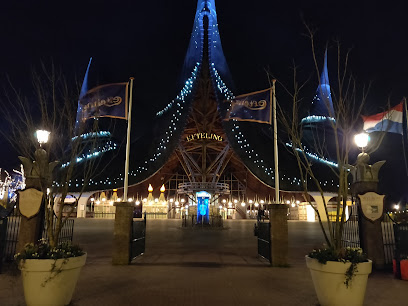
Rijksmuseum
Explore the Rijksmuseum in Amsterdam, home to masterworks of Dutch art and history, a cultural gem that captivates every visitor.
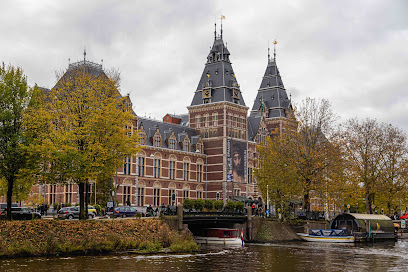
Anne Frank House
Discover the emotional journey of Anne Frank at her historic house in Amsterdam, a museum dedicated to remembrance and education.
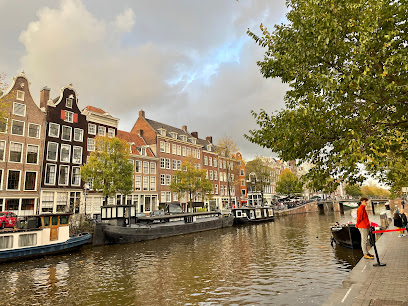
Keukenhof
Discover the breathtaking beauty of Keukenhof, the world's largest flower garden, with millions of blooming tulips and stunning landscapes in Lisse, Netherlands.
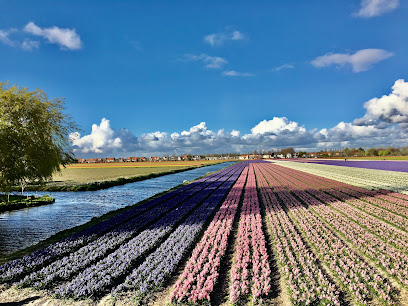
Madurodam
Discover the magic of the Netherlands at Madurodam, a stunning miniature park showcasing iconic landmarks and rich cultural heritage.
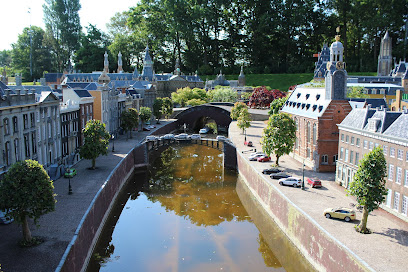
Royal Palace Amsterdam
Explore the Royal Palace Amsterdam, a stunning Neoclassical landmark filled with rich history, art, and royal heritage in the heart of the city.
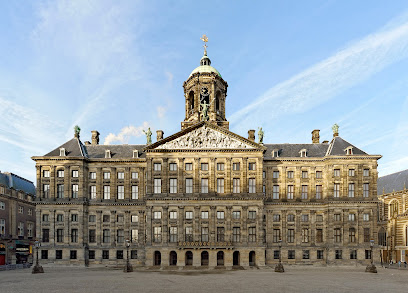
Castle De Haar
Discover the enchanting Castle De Haar, a historical landmark in the Netherlands with stunning architecture, beautiful gardens, and rich heritage.
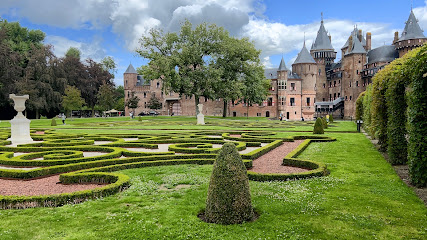
Kijk-Kubus Museum-house
Explore the Kijk-Kubus Museum-House, a fascinating architectural experience in Rotterdam's iconic cube houses, blending history and modern design.
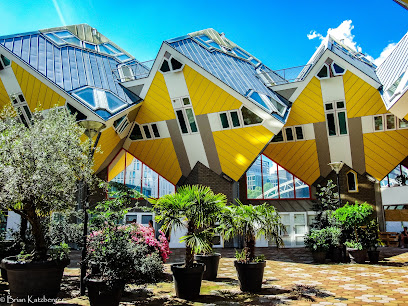
This is Holland
Discover the essence of the Netherlands through stunning visuals and immersive experiences at This is Holland, Amsterdam's premier tourist attraction.
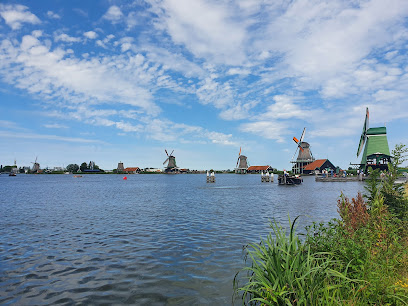
Unesco Werelderfgoed Kinderdijk
Discover the enchanting windmills of Kinderdijk, a UNESCO World Heritage site, and experience the essence of Dutch culture and history.
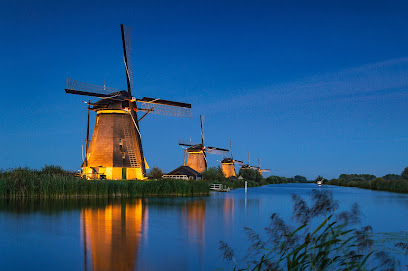
Muiderslot
Discover the rich history and stunning architecture of Muiderslot Castle, a must-visit tourist attraction in the heart of the Netherlands.
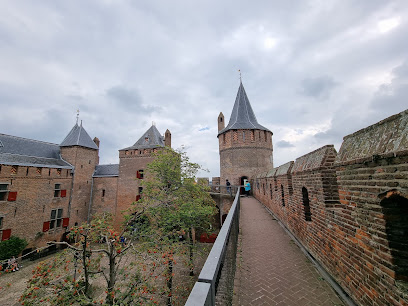
Dom Tower
Explore the stunning Dom Tower, Utrecht's tallest church tower, and enjoy breathtaking views and rich history in the heart of the city.
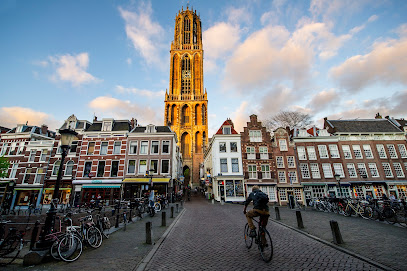
Nationaal Park Veluwezoom
Explore the serene beauty and diverse wildlife of Nationaal Park Veluwezoom, the Netherlands' oldest national park, perfect for hiking and nature lovers.
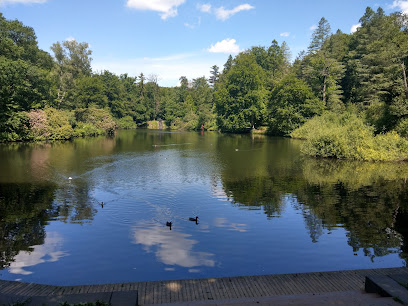
Paleis Het Loo
Discover the opulent history and stunning gardens of Paleis Het Loo, a royal museum that brings Dutch heritage to life in Apeldoorn.
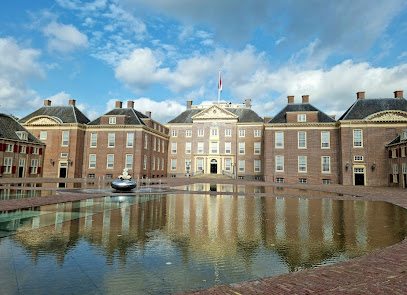
Fort Kijkduin
Explore the enchanting blend of history and marine life at Fort Kijkduin, a captivating museum and aquarium in Huisduinen.
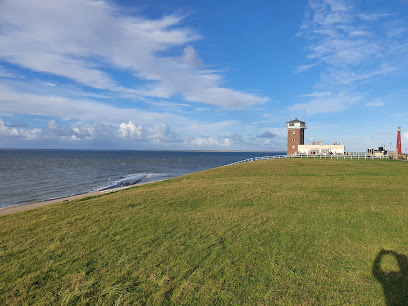
Unmissable attractions to see
Efteling
Discover the enchanting world of Efteling, a Dutch theme park filled with magical attractions, fairy-tale experiences, and unforgettable adventures for all ages.
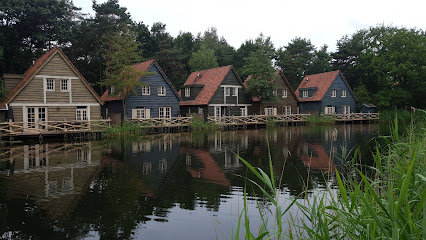
Walibi Holland
Discover Walibi Holland, the ultimate theme park adventure in the Netherlands, where excitement and fun await for all ages!
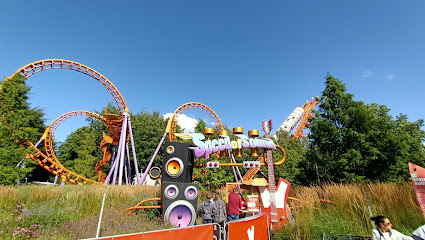
Madurodam
Explore Madurodam in The Hague, where you can discover the Netherlands' iconic landmarks and vibrant culture in a captivating miniature setting.
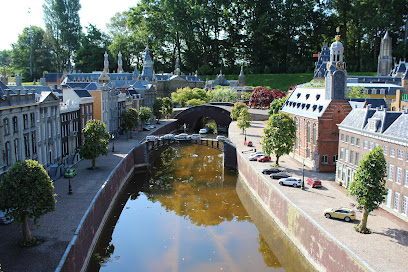
Duinrell
Experience the thrill of rides and the joy of water adventures at Duinrell, a premier amusement park in the Netherlands perfect for all ages.
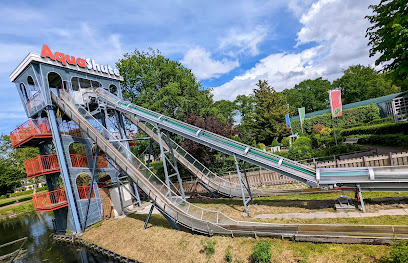
Shopping Center Stadshart Zoetermeer
Experience the best of shopping, dining, and entertainment at Stadshart Zoetermeer, a vibrant hub in the heart of the Netherlands.
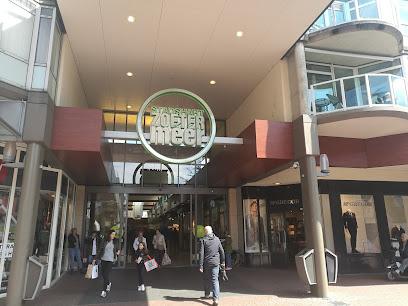
The Concertgebouw
Experience the magic of music at The Concertgebouw, Amsterdam's premier concert hall known for its stunning acoustics and rich cultural heritage.
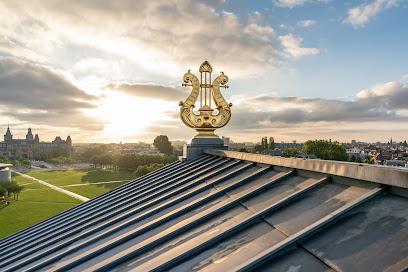
Kunstmuseum The Hague
Explore modern masterpieces and vibrant exhibitions at Kunstmuseum in The Hague, a must-see cultural gem for every art enthusiast.
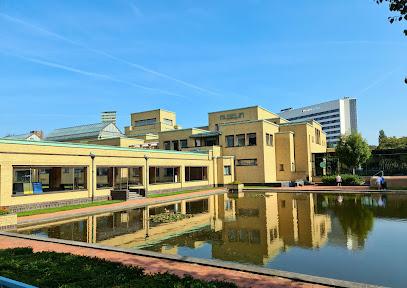
Nationaal Park Veluwezoom
Discover the breathtaking landscapes and diverse wildlife of Nationaal Park Veluwezoom, a national park perfect for hiking, cycling, and nature exploration.
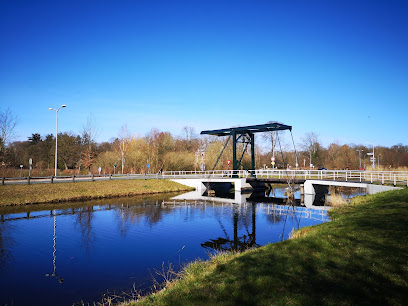
Het Park
Discover the peaceful charm of Het Park in Rotterdam, a lush urban oasis perfect for relaxation and leisure amidst the city's vibrant atmosphere.
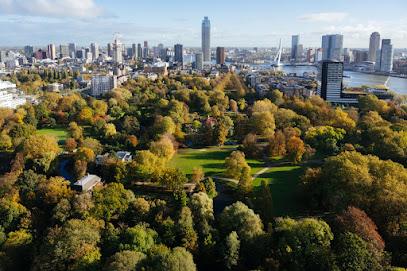
Space Expo
Discover the universe's secrets at Space Expo, Noordwijk's fascinating museum dedicated to space exploration and history.
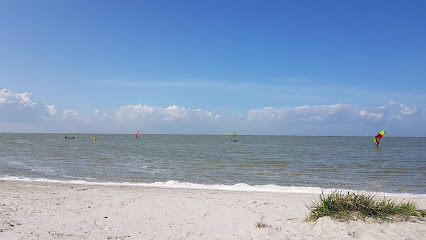
Fort Kijkduin
Explore the historical significance and marine wonders of Fort Kijkduin, a unique attraction on the Dutch coast offering educational experiences for all ages.
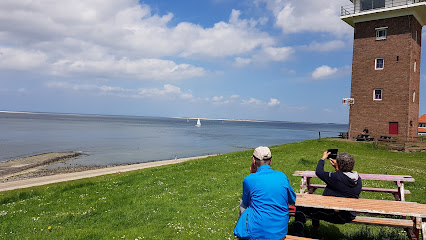
De Dijk van Volendam
Experience the stunning waterfront charm of De Dijk van Volendam, where Dutch culture and breathtaking views come together in a picturesque setting.
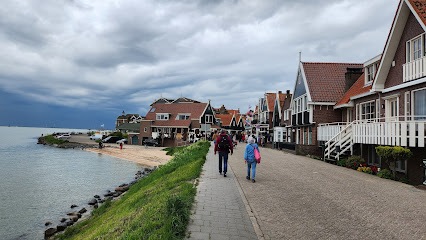
Vroesenpark
Discover the peaceful beauty of Vroesenpark, a lush green escape in Rotterdam, perfect for relaxation and family fun amidst nature.
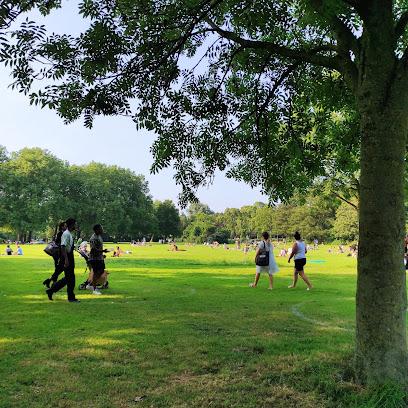
Breskens Lighthouse
Experience breathtaking views and rich maritime history at Breskens Lighthouse, an iconic coastal attraction in the Netherlands.
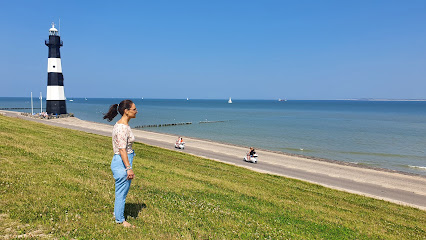
Philharmonie Haarlem
Experience the enchanting world of music at Haarlem's Philharmonie, a stunning concert hall with exceptional performances and exquisite acoustics.

Essential places to dine
Sea Palace Restaurant
Discover the exquisite flavors of Asia at Sea Palace Restaurant in Amsterdam, where culinary art meets breathtaking canal views.
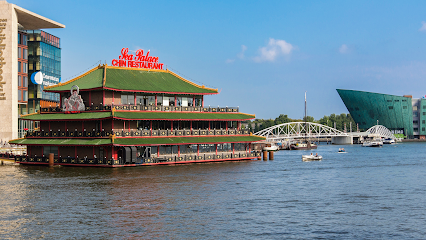
The Pantry
Discover traditional Dutch delights at The Pantry in Amsterdam – where every meal tells a story!
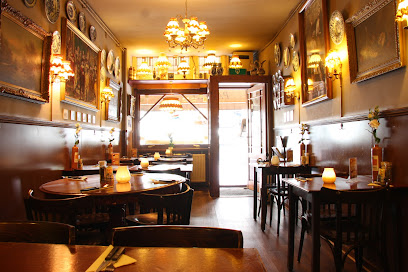
Moeders
Experience authentic Dutch cuisine at Moeders in Amsterdam - where every meal feels like home cooked with love.
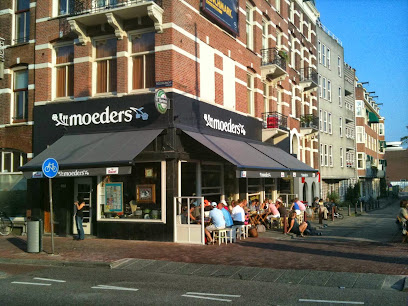
Strandpaviljoen Thalassa - Restaurant
Experience exquisite Dutch and seafood dining at Strandpaviljoen Thalassa - your perfect seaside escape in Zandvoort.

Hippie Fish
Discover Hippie Fish: A vibrant beach pavilion in Zandvoort offering delectable meals with stunning ocean views.
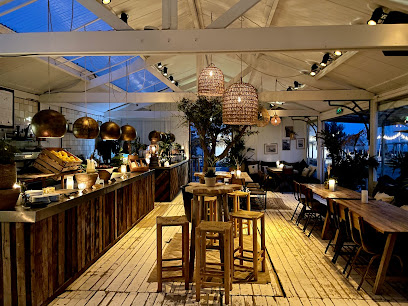
Strandclub Zee
Discover seaside dining at Strandclub Zee with fresh seafood and stunning views along Brouwersdam – a true coastal escape in Scharendijke.
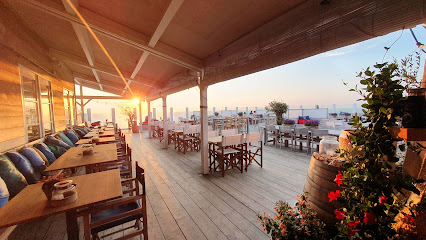
Café restaurant van Kerkwijk
Discover authentic Dutch cuisine at Café Restaurant van Kerkwijk, where tradition meets modern flair in the heart of Amsterdam.
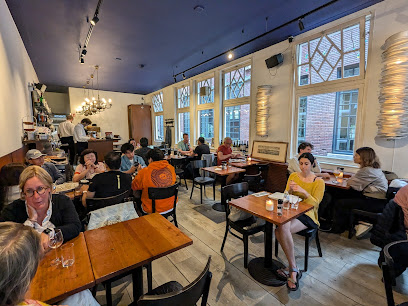
De Kas
Discover De Kas: A fine dining gem in Amsterdam's lush greenhouse offering seasonal dishes crafted from fresh farm produce.
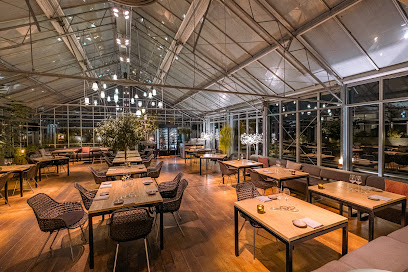
Strandclub Witsand
Experience coastal dining at its finest at Strandclub Witsand—where gourmet cuisine meets breathtaking ocean views.
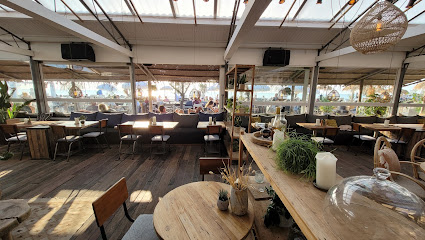
Nomade Beach House
Discover coastal charm at Nomade Beach House – where exquisite dining meets breathtaking views in Noordwijk aan Zee.
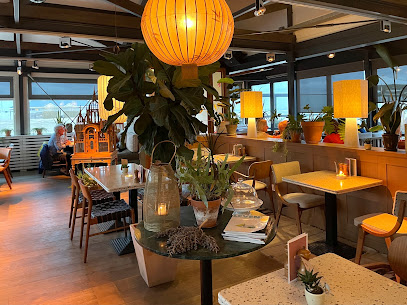
The Coast beach house
Experience exceptional dining at The Coast Beach House – where every meal comes with stunning ocean views and a relaxed beachside atmosphere.
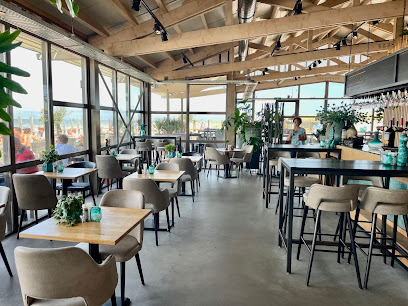
THE DUCHESS
Experience unparalleled fine dining at The Duchess in Amsterdam, where exquisite cuisine meets elegant ambiance.
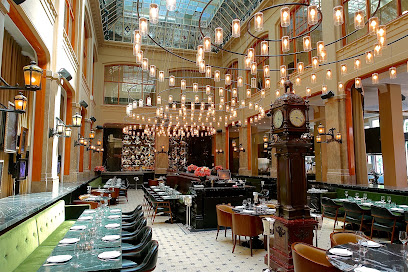
Hart Beach Restaurant
Experience exquisite dining at Hart Beach Restaurant in Scheveningen, where delicious food meets breathtaking seaside views.
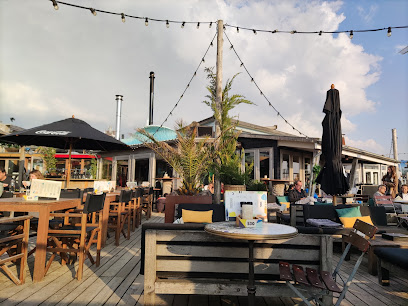
Secret Garden
Experience the tranquil beauty and exquisite flavors at Secret Garden, an enchanting restaurant nestled in Amsterdam's vibrant heart.
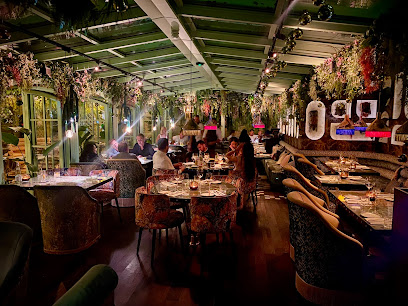
Restaurant Wolf Atelier
Experience culinary artistry at Restaurant Wolf Atelier in Amsterdam—where innovative dishes meet stunning waterfront views for an unforgettable dining adventure.
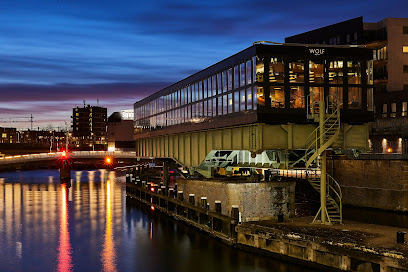
Markets, malls and hidden boutiques
de Bijenkorf Amsterdam
Discover the luxury of shopping at de Bijenkorf Amsterdam, where high-end fashion meets gourmet delights in the heart of the city.
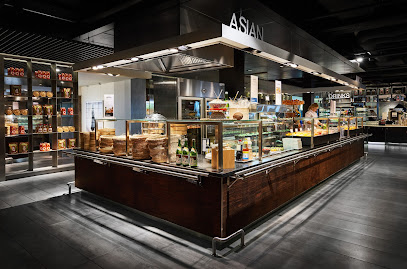
Dam Square Souvenirs
Discover unique Dutch souvenirs at Dam Square Souvenirs, the perfect spot for capturing Amsterdam's vibrant culture.
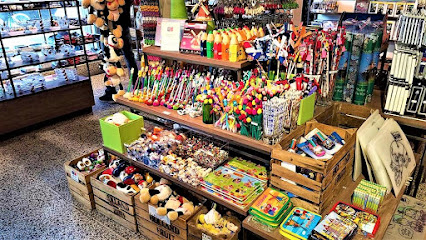
Urban Outfitters
Explore the trendy Urban Outfitters in Amsterdam for eclectic clothing, unique gifts, and stylish home goods in a vibrant shopping atmosphere.
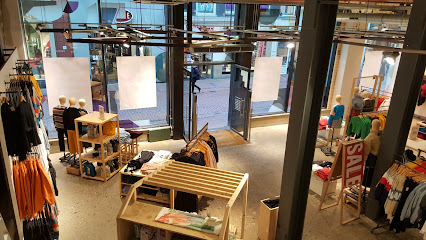
By Popular Demand - Things You Want Giftshop
Explore the eclectic charm of By Popular Demand, Amsterdam's premier gift shop for unique souvenirs and local crafts.
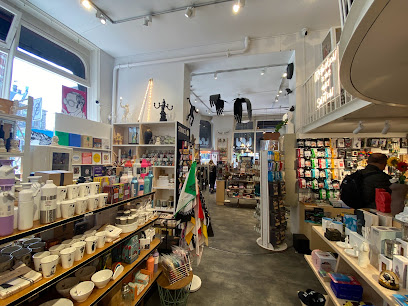
WE Fashion Amsterdam - Kalverstraat
Discover the latest trends in fashion for the whole family at WE Fashion in Amsterdam, located in the vibrant Kalverstraat shopping district.

Holland Souvenirs
Explore the charm of Dutch culture through unique souvenirs at Holland Souvenirs in The Hague.
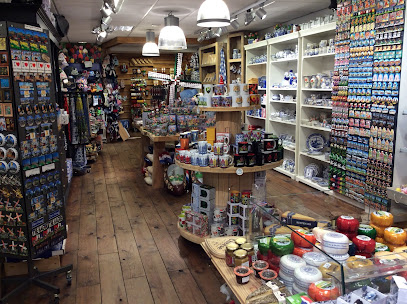
Hart Beach Surf Shop
Discover the ultimate surf shop experience at Hart Beach in Scheveningen, where adventure meets style for every water sports enthusiast.
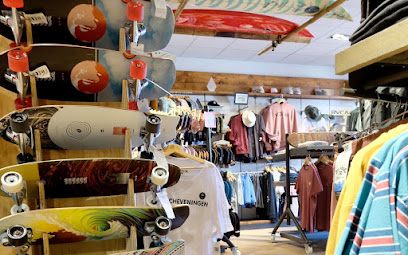
It's a Present!
Discover unique gifts and souvenirs at It's a Present!, a charming gift shop in the heart of Amsterdam that celebrates local artistry.
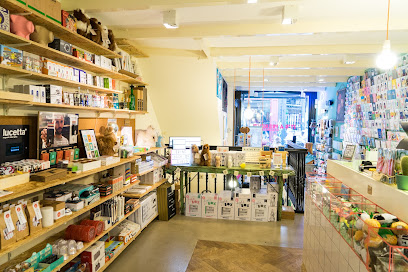
Holy Cow Netherlands
Explore Holy Cow Netherlands for irresistible chocolates, trendy clothing, and unique gifts in the heart of Deventer.
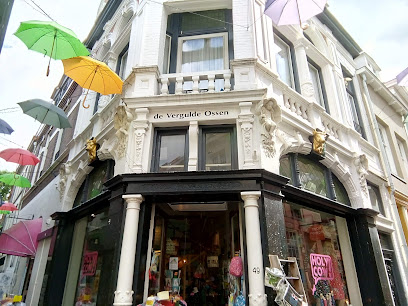
Utrecht Souvenirs
Discover authentic Dutch souvenirs and gifts in the heart of Utrecht, where culture, craftsmanship, and local charm come together.
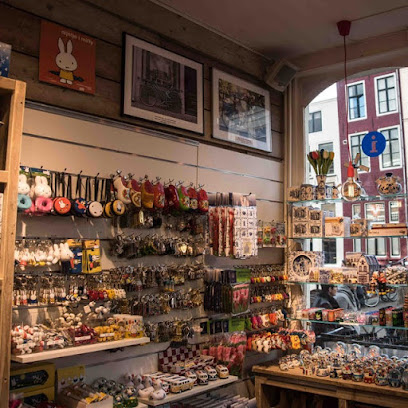
LONGCHAMP Amsterdam Store
Discover the allure of French luxury at Longchamp Amsterdam, your destination for exquisite leather goods and stylish accessories.
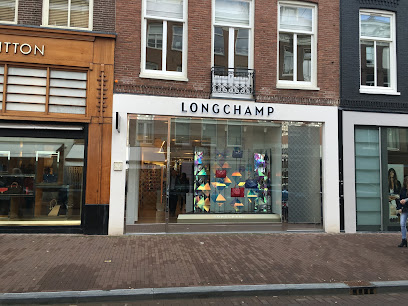
Holland Souvenir Shop
Discover unique Dutch souvenirs at Holland Souvenir Shop in Schiedam, where tradition meets charm in every gift.
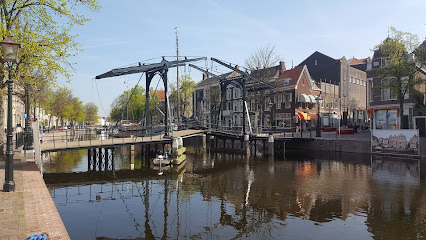
Things I Like Things I Love
Discover unique fashion and home goods at Things I Like Things I Love, a trendy boutique in Amsterdam-West, perfect for style enthusiasts.
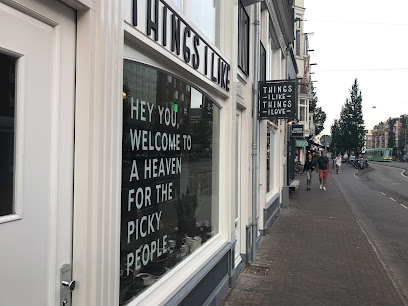
souvenirs 33
Discover authentic Dutch souvenirs at Souvenirs 33 in Amsterdam-Zuid, your perfect destination for unique gifts and keepsakes.
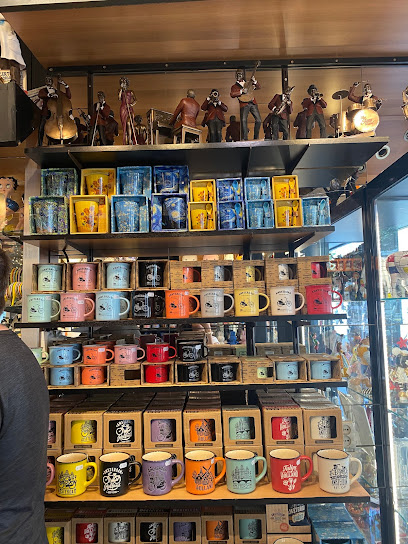
ABOUTLIFESTYLE
Discover the essence of modern men's fashion at ABOUTLIFESTYLE, a stylish clothing store in Amsterdam's vibrant West district.
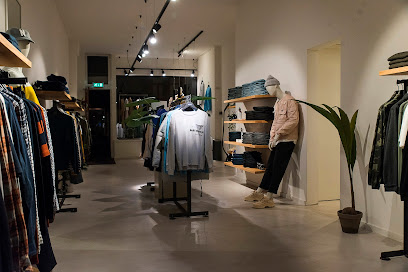
Essential bars & hidden hideouts
Proeflokaal Arendsnest
Experience the best of Dutch brewing at Proeflokaal Arendsnest, Amsterdam's premier bar for local beers and a cozy atmosphere.
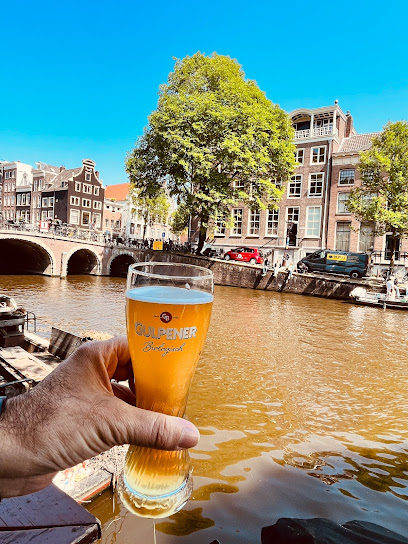
Belushi's
Experience the vibrant nightlife of Amsterdam at Belushi's, where sports, live music, and delicious food come together in a lively atmosphere.
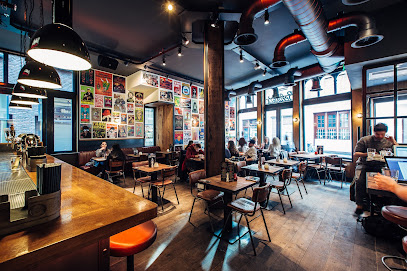
Bar Bukowski
Experience the vibrant atmosphere of Bar Bukowski in Amsterdam-Oost, where delightful brunches meet exquisite cocktails in a cozy setting.
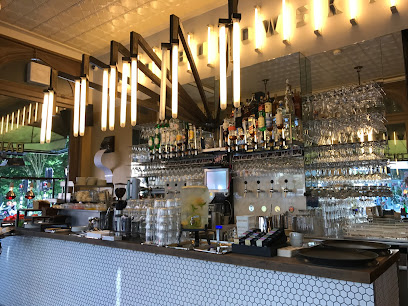
Tales & Spirits
Experience the art of mixology at Tales & Spirits, Amsterdam's premier cocktail bar, where every drink tells a story and delights your senses.
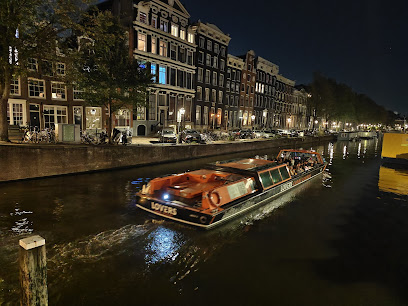
Amsterdam Roest
Discover Amsterdam Roest, where innovative cuisine meets local art in a vibrant gastropub setting that showcases Amsterdam's cultural flair.
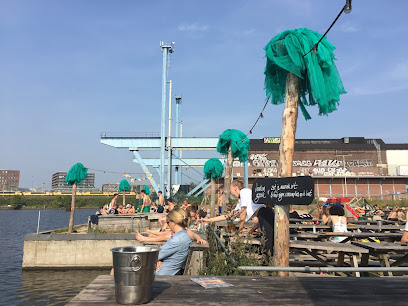
Door 74
Discover the hidden cocktail gem of Door 74 in Amsterdam, where innovative mixology meets an intimate atmosphere for a unique nightlife experience.
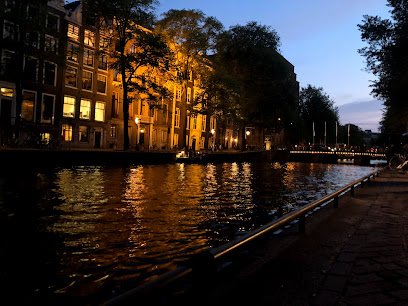
Flying Dutchmen Cocktails
Immerse yourself in the vibrant nightlife of Amsterdam at Flying Dutchmen Cocktails, where innovative drinks and a lively atmosphere await.
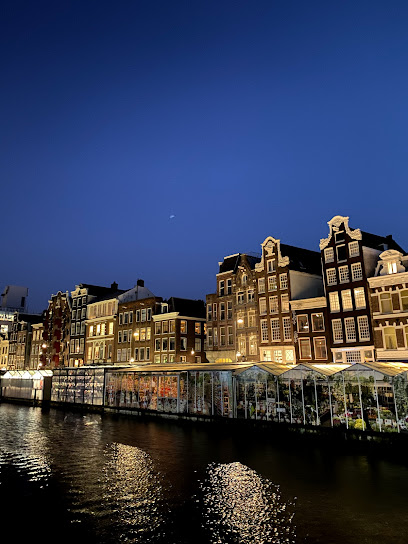
Vavoom!
Discover Vavoom! Tiki Bar in The Hague, where vibrant cocktails and a lively atmosphere create the perfect nightlife escape.

Hiding in Plain Sight
Experience the artistry of cocktails at Hiding in Plain Sight, Amsterdam's upscale bar blending elegance with innovative mixology.
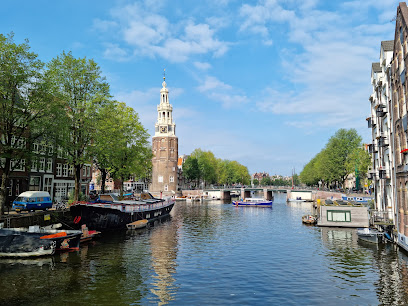
The Black Tiger Bar Amsterdam
Experience the vibrant nightlife of Amsterdam at The Black Tiger Bar, where delicious drinks and a lively atmosphere await.
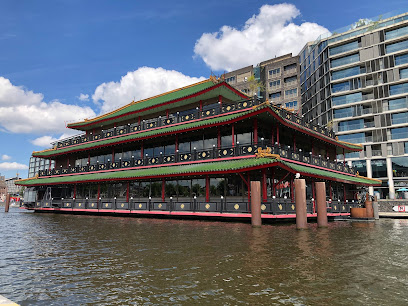
Bar Mokum
Experience Amsterdam's vibrant cocktail scene at Bar Mokum, where expertly crafted drinks meet a stylish ambiance.
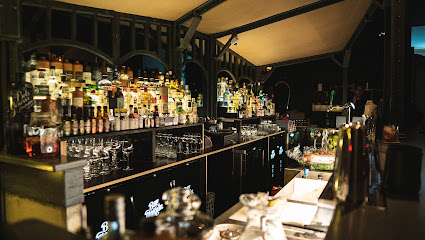
Bar Oldenhof
Discover Bar Oldenhof, Amsterdam's premier cocktail bar, blending creativity with elegance in a vibrant atmosphere for unforgettable nights.

Old Dutch Sports Bar & Restaurant
Savor mouth-watering American cuisine and enjoy live sports at Old Dutch Sports Bar & Restaurant in Breda, the perfect hub for foodies and sports fans alike.
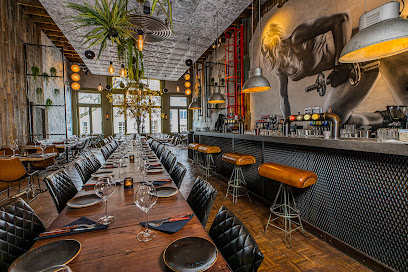
Pulitzer's Bar
Discover the sophistication of Pulitzer's Bar, a luxurious cocktail haven on Keizersgracht, Amsterdam's enchanting canal district.
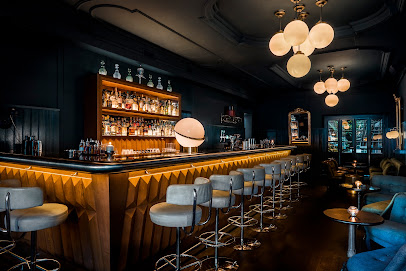
The Malt Vault
Experience the charm of Utrecht at The Malt Vault, where exceptional cocktails and a vast whisky selection await you in a cozy atmosphere.
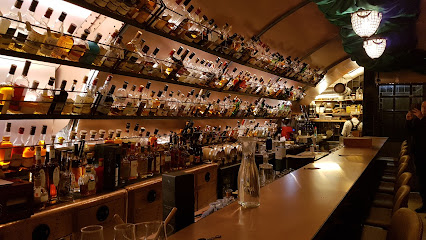
Local Phrases about Dutch Coast
-
- HelloHallo
[HAH-loh] - GoodbyeTot ziens
[tot ziy-uhns] - YesJa
[yah] - NoNee
[nay] - Please/You're welcomeAlstublieft
[ahl-stu-bleeft] - Thank youDank je wel
[dahnk yuh vell] - Excuse me/SorrySorry
[sohr-ee] - How are you?Hoe gaat het?
[hoo gah-t het?] - Fine. And you?Goed. En met jou?
[khoot. en met yow?] - Do you speak English?Spreekt u Engels?
[spreekt u eng-uhls?] - I don't understandIk begrijp het niet
[ik buh-ghreyp het neet]
- HelloHallo
-
- I'd like to see the menu, pleaseIk zou graag de menukaart willen zien, alstublieft
[ik zou khrahg duh meh-noo-kahrt vih-luhn zeen, ahl-stu-bleeft] - I don't eat meatIk eet geen vlees
[ik eet khayn vlays] - Cheers!Proost!
[prohst] - I would like to pay, pleaseIk zou graag willen betalen, alstublieft
[ik zou khrahg vihl-uhn buh-tah-luhn, ahl-stu-bleeft]
- I'd like to see the menu, pleaseIk zou graag de menukaart willen zien, alstublieft
-
- Help!Help!
[help] - Go away!Ga weg!
[gah vaykh] - Call the Police!Bel de politie!
[bel duh poh-lee-see] - Call a doctor!Bel een dokter!
[bel ayn daw-khtuhr] - I'm lostIk ben verdwaald
[ik ben vuhr-dwahld] - I'm illIk ben ziek
[ik ben zik]
- Help!Help!
-
- I'd like to buy...Ik zou graag willen kopen...
[ik zou khrahg vih-luhn koh-puhn...] - I'm just lookingIk kijk alleen maar
[ik kayk a-layn mahr] - How much is it?Hoeveel kost het?
[hoo-veyl kost het?] - That's too expensiveDat is te duur
[daht is tay dyoor] - Can you lower the price?Kunt u de prijs verlagen?
[kunt u duh prays vuh-rah-ghuhn?]
- I'd like to buy...Ik zou graag willen kopen...
-
- What time is it?Hoe laat is het?
[hoo laht is het?] - It's one o'clockHet is een uur
[het is ayn uhr] - Half past (10)Half elf
[hahlf elf] - MorningOchtend
[ohk-tuhnt] - AfternoonMiddag
[mih-dahkh] - EveningAvond
[ah-vohnt] - YesterdayGisteren
[khi-stuh-ruhn] - TodayVandaag
[vahn-dahkh] - TomorrowMorgen
[mohr-khuhn] - 1Een
[ayn] - 2Twee
[tway] - 3Drie
[dree] - 4Vier
[veer] - 5Vijf
[fayf] - 6Zes
[zehs] - 7Zeven
[zay-vuhn] - 8Acht
[ahkht] - 9Negen
[nay-khuhn] - 10Tien
[teen]
- What time is it?Hoe laat is het?
-
- Where's a/the...?Waar is de...?
[vahr is duh...?] - What's the address?Wat is het adres?
[vaht is het ah-dres?] - Can you show me (on the map)?Kunt u me dat laten zien (op de kaart)?
[kunt u muh daht lah-tuhn zeen (op duh kahrt)?] - When's the next (bus)?Wanneer is de volgende (bus)?
[vahn-ayr is duh vol-guhn-duh (bus)?] - A ticket (to ....)Een kaartje (naar ....)
[ayn kahrt-yuh (naar ....)]
- Where's a/the...?Waar is de...?
History of Dutch Coast
-
During the 17th century, the Dutch coast was the heart of the Dutch Golden Age. Coastal cities like Amsterdam, Rotterdam, and The Hague became bustling hubs of trade, finance, and cultural exchange. The Dutch East India Company (VOC) played a pivotal role in establishing the Netherlands as a dominant maritime power. The shipyards and ports along the coast were instrumental in building and maintaining the fleets that sailed to Asia, Africa, and the Americas, bringing back spices, silk, and other riches.
-
One of the defining aspects of Dutch history is the constant battle against the sea. The Dutch coast has been shaped by a series of ambitious engineering projects designed to reclaim land and protect against flooding. The construction of dikes, canals, and polders began in the Middle Ages and continues to this day. The Zuiderzee Works and the Delta Works are monumental feats of engineering that showcase the Dutch expertise in water management. These projects not only safeguarded the coastal regions but also created new arable land for agriculture.
-
During World War II, the Dutch coast was heavily fortified by the German military as part of the Atlantic Wall, a series of coastal defenses stretching from Norway to the south of France. The Netherlands' strategic location made it crucial for both the Axis and Allied powers. Coastal areas like Scheveningen and the Wadden Islands saw significant military activity and fortification. The remnants of bunkers, gun emplacements, and other wartime structures can still be seen today, serving as a sobering reminder of the conflict.
-
Today, the Dutch coast is a popular destination for both domestic and international tourists. The North Sea beaches, picturesque villages, and vibrant coastal cities offer a range of activities from water sports to cultural festivals. The region is also a leader in sustainable tourism and environmental conservation. Efforts to preserve the natural beauty and biodiversity of the coastal areas are evident in the numerous nature reserves and protected areas. The Dutch commitment to sustainability extends to the promotion of eco-friendly tourism practices and renewable energy projects along the coast.
-
The Dutch coast is rich in cultural heritage and traditions. Fishing communities along the coast have preserved their unique way of life for centuries. Traditional events like the annual fish auction in Scheveningen and the Visserijdagen (Fishing Days) in various coastal towns celebrate the maritime culture. The region is also known for its distinctive coastal architecture, with charming windmills, lighthouses, and historic harbors that reflect the maritime heritage. Culinary traditions thrive as well, with seafood delicacies like herring, mussels, and North Sea shrimp being local favorites.
Dutch Coast Essentials
-
The Dutch Coast is easily accessible via several modes of transport. The nearest major airport is Amsterdam Schiphol Airport (AMS), which is well-connected to cities worldwide. From Schiphol, you can take a direct train to coastal cities like Haarlem, The Hague, and Zandvoort. Alternatively, you can rent a car or use rideshare services for more personalized travel. Ferry services are also available for those coming from the UK, docking at ports like Hook of Holland and IJmuiden.
-
Public transportation along the Dutch Coast is highly efficient, with trains, buses, and trams connecting major coastal towns and cities. The Dutch Railways (NS) run frequent services, and OV-chipkaart is the convenient contactless card used for all public transport. Biking is also a popular and scenic way to explore the coast, with well-maintained bike paths along the dunes and beaches. Car rentals and taxis are readily available but can be expensive compared to public transport.
-
The official currency of the Netherlands is the Euro (EUR). Credit and debit cards are widely accepted, especially Visa and MasterCard. Contactless payment methods like Apple Pay and Google Pay are also commonly used. ATMs are plentiful, but it's advisable to carry some cash for small purchases, particularly in more rural areas. Tipping is not mandatory but is appreciated for good service, usually around 5-10%.
-
The Dutch Coast is generally very safe for tourists. However, be cautious in crowded areas and tourist hotspots like Scheveningen and Zandvoort, where pickpocketing can occur. Avoid isolated areas at night, and always keep an eye on your belongings. The Netherlands has a high standard of emergency services, so help is always close by if needed.
-
In case of an emergency, dial 112, the general emergency number for police, fire, and medical services. Most coastal towns have well-equipped hospitals and clinics. Pharmacies are widely available and can provide over-the-counter medications. It's advisable to have travel insurance that covers medical emergencies and keep a list of emergency contacts handy.
-
Fashion: Do dress in layers, as coastal weather can be unpredictable. Casual wear is generally acceptable, but bring a windbreaker for breezy days. Religion: Do respect religious sites; some churches may require modest dress. Public Transport: Do validate your OV-chipkaart before boarding. Don't talk loudly or play music on public transport. Greetings: Do greet with a handshake and maintain eye contact. Eating & Drinking: Do try local seafood and dishes like 'haring' (herring). Don't leave a tip at bars; it's included in the price.
-
To experience the Dutch Coast like a local, rent a bike and explore the scenic coastal routes. Visit local markets such as the Alkmaar Cheese Market for a taste of Dutch culture. Engage with locals; they are generally friendly and speak English. Don’t miss out on seasonal events like the Bloemencorso flower parade. For a unique experience, take a guided tour of the sand dunes and learn about the local flora and fauna.
Nearby Cities to Dutch Coast
-
Things To Do in Delft
-
Things To Do in Leiden
-
Things To Do in Rotterdam
-
Things To Do in Haarlem
-
Things To Do in Amsterdam
-
Things To Do in Utrecht
-
Things To Do in Amersfoort
-
Things To Do in Antwerp
-
Things To Do in Eindhoven
-
Things To Do in Knokke-Heist
-
Things To Do in Arnhem
-
Things To Do in Nijmegen
-
Things To Do in Zeebrugge
-
Things To Do in Mechelen
-
Things To Do in Blankenberge













